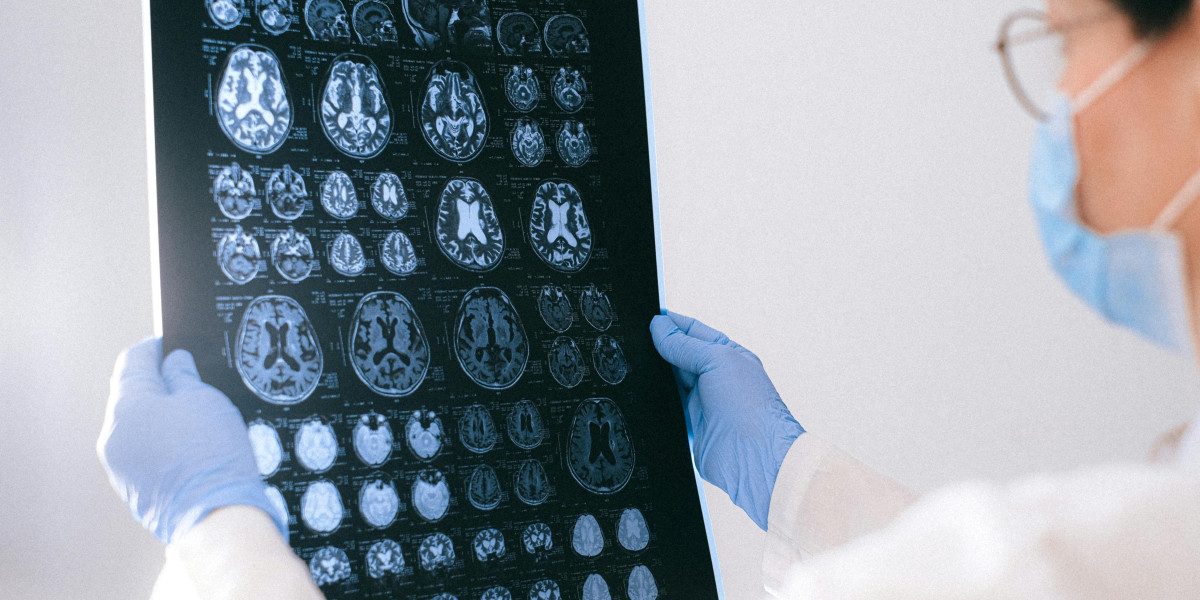These disorders, such as Alzheimer’s disease, Parkinson’s disease, multiple sclerosis, and epilepsy, pose significant challenges due to their complexity and often mysterious origins. To understand the mechanisms behind these diseases and to develop effective treatments, researchers rely on neurological disorder models. These models replicate specific aspects of neurological diseases, allowing scientists to study disease progression and test potential therapies in controlled environments.
What Are Neurological Disorder Models?
Neurological disorder models are experimental systems that simulate the key features of a neurological disease. These models can either be in vivo (using living organisms like rodents or non-human primates) or in vitro (using cultured cells or tissues). They are designed to mimic the biological processes of diseases and are instrumental in studying disease mechanisms, identifying therapeutic targets, and evaluating new treatments before human clinical trials.
Types of Neurological Disorder Models
- Genetically Modified Animal Models
Genetically modified (GM) animal models are created by introducing specific genetic alterations that mimic inherited neurological disorders in humans. These models help in studying the role of genetic mutations in disease development and progression.
Alzheimer's Disease: Transgenic mouse models that carry mutations in genes such as APP (amyloid precursor protein) or PSEN1 (presenilin 1) replicate the buildup of amyloid plaques and tau tangles found in Alzheimer’s patients. These models are used to explore amyloid-beta accumulation, tau hyperphosphorylation, and test potential drug therapies aimed at preventing or reversing these pathologies.
Parkinson’s Disease: Animal models with mutations in genes like SNCA (alpha-synuclein) or LRRK2 (leucine-rich repeat kinase 2) develop Parkinson’s-like motor symptoms, including dopaminergic neuron degeneration. These models are useful for investigating neurodegenerative mechanisms and evaluating neuroprotective therapies.
Huntington’s Disease: Genetically modified animals with expanded HTT (huntingtin) genes develop the motor and cognitive deficits typical of Huntington’s disease. These models help researchers understand the toxic effects of mutant huntingtin protein and screen potential drugs.
Genetically modified animal models are crucial for studying disease mechanisms at the genetic and molecular level, and they enable the development of gene-targeted therapies.
- Induced Disease Models
Induced models are created by administering environmental factors, chemicals, or physical injury to organisms, which leads to disease symptoms resembling those seen in human neurological disorders. These models are useful for studying diseases caused by environmental toxins or physical damage.
Parkinson’s Disease: The neurotoxin MPTP (1-methyl-4-phenyl-1,2,3,6-tetrahydropyridine) is used to induce Parkinson’s-like symptoms in animals by destroying dopaminergic neurons. These models are valuable for testing drugs that aim to prevent or slow neuronal degeneration.
Multiple Sclerosis (MS): Experimental autoimmune encephalomyelitis (EAE) is an induced model of MS, where rodents are injected with myelin proteins to trigger an autoimmune response that leads to inflammation and demyelination. This model is critical for understanding immune-mediated damage and testing immunomodulatory treatments.
Stroke: Stroke models are induced by restricting blood flow to a specific region of the brain, leading to neuronal death and motor dysfunction. These models allow researchers to study the effects of ischemia (reduced blood flow) on the brain and to test neuroprotective agents.
Induced disease models are important for studying the environmental or injury-related triggers of neurological disorders and for evaluating potential therapeutic approaches.
- Cellular Models
Cellular models focus on using cultured cells to mimic specific aspects of neurological diseases. These models allow researchers to study disease at the cellular or molecular level and to test treatments in controlled environments.
Amyotrophic Lateral Sclerosis (ALS): iPSC-derived motor neurons are used to model ALS, a neurodegenerative disorder that affects motor neurons in the brain and spinal cord. These cellular models help researchers investigate the mechanisms of motor neuron degeneration and screen for potential ALS therapies.
Epilepsy: In cellular models of epilepsy, neurons are cultured to mimic the hyperexcitability and abnormal electrical activity associated with seizures. These models are used to understand the cellular mechanisms of epilepsy and to test antiepileptic drugs.
Alzheimer’s Disease: iPSC-derived neurons from Alzheimer’s patients can be used to study amyloid-beta plaque formation and tau tangles in vitro. This approach is essential for identifying compounds that may inhibit or reverse these pathological changes.
Cellular models provide a more controlled environment to study the intricate molecular processes that drive disease and to test potential drug candidates.
- Organoid Models
Organoids are three-dimensional (3D) cultures of cells that mimic the architecture and function of organs, such as the brain. These models are created from stem cells and are increasingly used to study neurological disorders in a more human-like context.
Autism Spectrum Disorder (ASD): Brain organoids derived from individuals with ASD exhibit altered neural connectivity and signaling. These models provide a unique opportunity to study how genetic and environmental factors contribute to neurodevelopmental disorders and test potential therapies.
Zika Virus and Microcephaly: Zika virus infection during pregnancy can cause microcephaly, a condition in which the brain does not develop properly. Brain organoids have been used to model this process and understand the effects of Zika on neural development. These models are also valuable for testing interventions aimed at preventing or treating microcephaly.
Organoids are revolutionizing research by offering more accurate models that replicate human brain structure and function. They provide a bridge between traditional cell cultures and animal models, improving our understanding of complex diseases.
Benefits of Neurological Disorder Models
Understanding Disease Mechanisms: Neurological disorder models help uncover the genetic, molecular, and cellular processes that contribute to diseases. By studying these mechanisms, researchers can identify novel drug targets and biomarkers.
Therapeutic Development: Disease models serve as preclinical testing platforms for potential therapies. Researchers can evaluate the safety, efficacy, and mode of action of new drugs before moving to clinical trials in humans.
Personalized Medicine: Patient-derived models, such as iPSCs, enable the study of diseases in the context of an individual’s specific genetic makeup. This approach may lead to personalized treatment strategies that are more effective and tailored to the needs of each patient.
Studying Complex Diseases: Neurological disorders often involve complex interactions between genetic, environmental, and cellular factors. Disease models allow researchers to explore these interactions in a controlled, systematic manner.
Challenges of Neurological Disorder Models
Species Differences: While animal models are valuable, they may not fully replicate human disease due to differences in brain structure and function. This can limit the direct translation of findings from animals to humans.
Complex Disease Mechanisms: Many neurological diseases have multifactorial causes, making it difficult to capture all aspects of the disease in a single model. Some models may only replicate specific features of the disease, while others may not fully capture the progression of the disorder.
Ethical Concerns: The use of animals in research raises ethical considerations, especially in genetically modified organisms or models that induce disease. Ethical frameworks are needed to ensure the responsible use of animals in research.
Clinical Translation: Although many therapies show promise in preclinical models, they often fail in human clinical trials. This highlights the importance of refining models to make them more predictive of human responses.
The Future of Neurological Disorder Models
The future of neurological disorder models is promising, with several innovations on the horizon:
Gene Editing: Advances in technologies like CRISPR are enabling more precise genetic modifications, allowing researchers to create more accurate disease models and test gene-based therapies.
3D Cell Cultures and Organoids: Brain organoids and other 3D models provide a more human-like system for studying neurological diseases. These models offer better insights into disease progression and can be used for high-throughput drug screening.
Artificial Intelligence: AI and machine learning are being used to analyze data from disease models, identify novel drug targets, and predict disease progression. These technologies can enhance the efficiency of drug discovery and therapy development.
Patient-Derived Models: Patient-specific models, created from iPSCs or organoids, are becoming increasingly important for personalized medicine. These models can provide insights into how individual patients respond to therapies, paving the way for more tailored treatments.
Conclusion
Neurological disorder models are indispensable tools in the study of brain diseases. They allow researchers to investigate disease mechanisms, explore new therapeutic targets, and evaluate potential treatments. While challenges such as species differences, model limitations, and clinical translation remain, ongoing advancements in genetic engineering, stem cell technology, and AI are improving the accuracy and utility of these models. As research progresses, these models will play an even more crucial role in advancing our understanding of neurological disorders and developing effective therapies.








